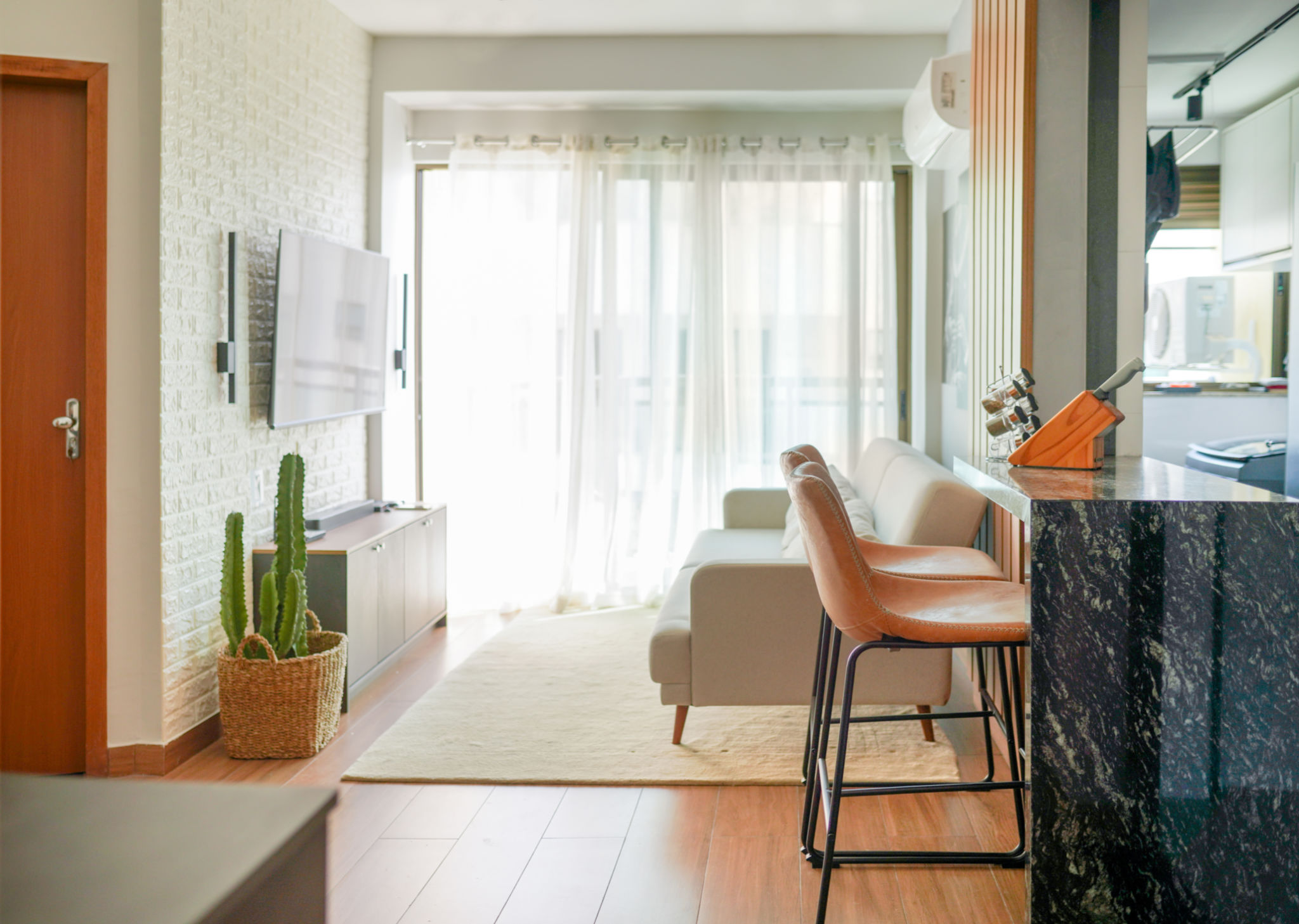How to Declutter and Downsize for Seniors: A Step-by-Step Guide
Understanding the Need to Declutter and Downsize
As we grow older, our homes often accumulate items that we've collected over the years. For seniors, decluttering and downsizing can be a liberating process, simplifying life and making homes safer and more manageable. Whether you're moving to a smaller space or just seeking a simpler life, this guide will help you navigate the process.
Decluttering offers numerous benefits, from reducing stress to enhancing safety by eliminating tripping hazards. Downsizing can also make it easier to maintain a home, allowing seniors to focus on more meaningful activities and enjoy their retirement years to the fullest.

Start with a Plan
The first step in decluttering is to create a plan. Begin by setting realistic goals and breaking the process into manageable tasks. Decide which areas of your home to tackle first and establish a timeline to keep yourself on track. It's helpful to have a checklist to monitor progress and celebrate small victories along the way.
Involve family members or friends in the planning stage. Their support can provide motivation and help you make decisions that might feel overwhelming alone. Additionally, their input can be invaluable when it comes to deciding what items hold sentimental value.
Assess Each Room
Once you have a plan in place, start assessing each room. Take note of items you use regularly versus those that simply occupy space. Ask yourself questions like, "When was the last time I used this?" or "Does this item bring me joy?" This will help in making informed decisions about what to keep and what to let go.

Sort and Declutter
Begin sorting items into categories: keep, donate, sell, and discard. This step may take time, so be patient with yourself. Use boxes or bins to organize items based on these categories, which will make it easier to move forward with the next steps.
For items that hold sentimental value but are no longer needed, consider taking photos before letting them go. This way, you can preserve memories without holding onto physical objects.
Downsizing Efficiently
Downsizing is not just about getting rid of things but also about making meaningful choices about what remains. Focus on maintaining items that serve a purpose or hold significant value. When moving to a smaller space, measure available areas to ensure that furniture and larger items will fit comfortably.

Consider multifunctional furniture or storage solutions that maximize space. These can be particularly useful in smaller living environments, helping to keep your home organized and clutter-free.
Address Emotional Challenges
Decluttering and downsizing can be an emotional experience, as it often involves letting go of possessions tied to cherished memories. Acknowledge these feelings and take breaks when needed. Remind yourself of the benefits of a simplified living space and how it will enhance your quality of life.
If you're struggling with certain decisions, it may be helpful to consult with a professional organizer or therapist who specializes in transitions for seniors. They can offer guidance and support throughout the process.
Maintain Your New Space
After decluttering and downsizing, it's important to maintain your newly organized home. Establish routines for tidying up regularly and make a habit of reassessing your belongings periodically. This practice will prevent clutter from accumulating again.
Remember, decluttering is not a one-time event but an ongoing commitment to living simply and intentionally. With time, maintaining your space will become second nature, allowing you to enjoy your home in a new light.
